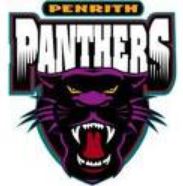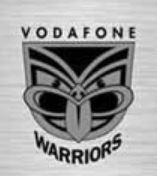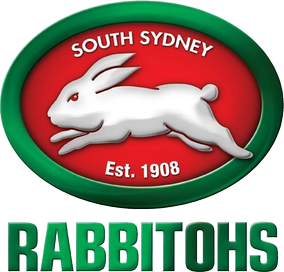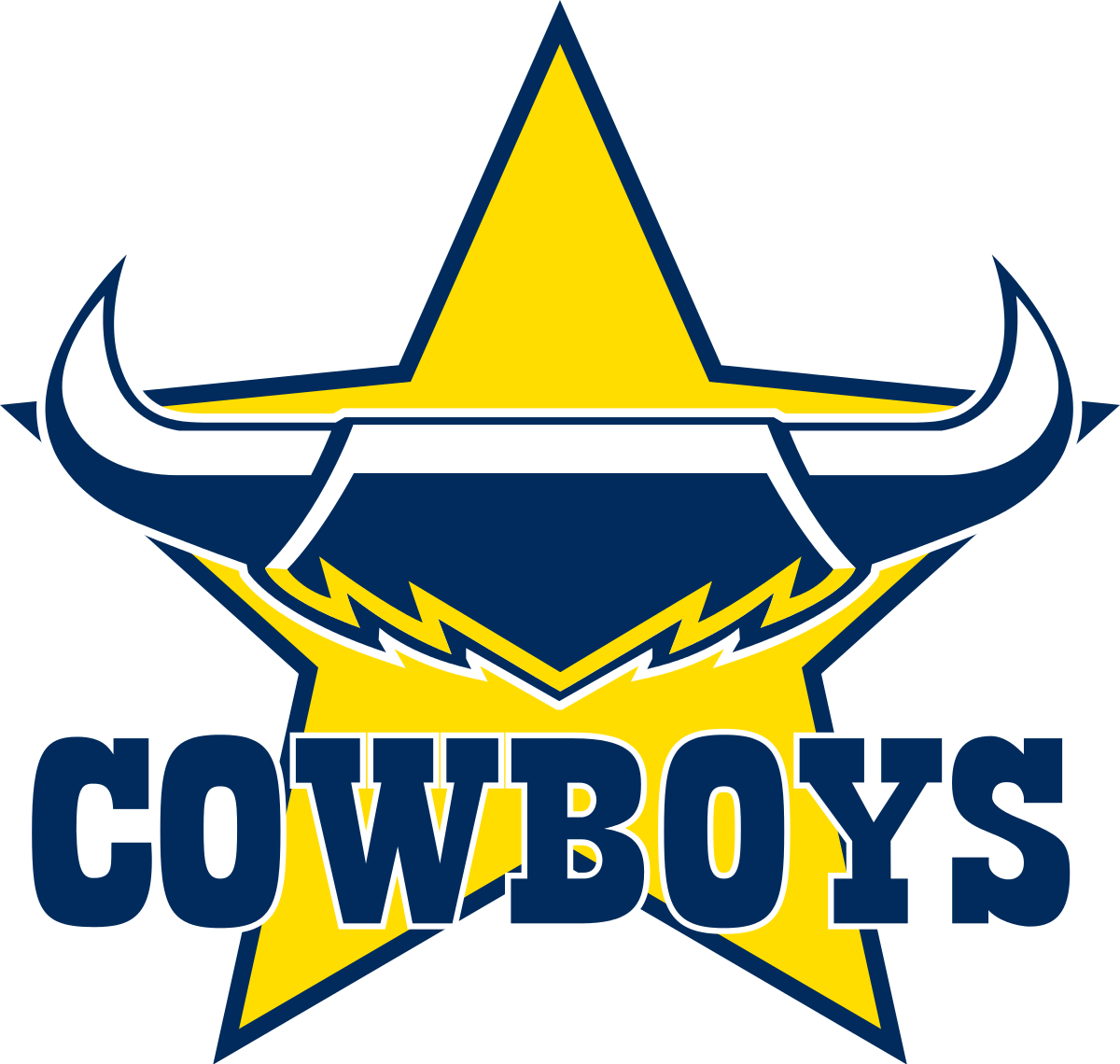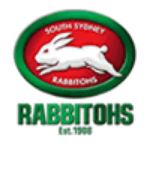Content
For a business, measuring the job satisfaction level in systems is hard. And there is nothing worse for the final result and working process than unproductive and inconsistent employees. However, with a high-performing DevOps approach, it is easier to improve worker experience at a big or small organization. A DevOps team is more focused on the process than on the end goal, which helps derive more joy and content in their development jobs. And when your team is happy, it offers the prospect of retention rates and motivates other bright minds to cross their paths with your business. The previous steps establish the team structure necessary to start the DevOps journey.

The value of CD lies in the fact that the record is ready to be deployed all the time. A C4E enables organizations to transform their IT teams into strategic business partners, as opposed to traditional technology functions. A C4E is a cross functional team that operates across central IT, Line of Business IT, and digital innovation teams.
Financial Services
Quality Assurance validates the product to ensure it meet both customer and organizational requirements throughout the development and deployment phases. Ensure the underlying infrastructure and platforms can effectively support the services through capacity and availability planning, monitoring, and optimization. Platform Teams who manage the underlying platforms and infrastructure and present these as a self-service to business system teams via APIs. The focus on products over projects is one hallmark of digital transformation.
The organization does not want to keep a separate Ops team, so development teams take responsibility for infrastructure, managing environments, monitoring, etc. However, doing so in a project or product-driven way means those items are subject to resource constraints and re-prioritizations which lead to subpar approaches and half-baked solutions. Thus, we bring together the operator and developer teams into a single team to provide a way of seamless collaboration. They are integrated to be able to brainstorm solutions that are being tested in a production-like environment. The operations team is then able to focus on what they’re really good at, which is analyzing the production environment and being able to get feedback to the developers on what is successful.
Development and operations collaboration
Depending on the architecture of your product, this difficulty can bleed into other areas such as builds, releases, and repos. Make sure to use good naming conventions and a simple folder structure. When you add a repo to your project, consider your strategy and determine whether that repo could be placed into its own project. Take some time to review your work structure and the different business groups and participants to be managed.
Some older products that we have may only be in standard format, but they can easily be converted to widescreen. SlideTeam added 422 new products (e.g. Completely Researched Decks, Documents, Slide Bundles, etc), which included 8018 slides in total in the past 24 hours. Along with flexibility, DevOps employees need to know that they will have adequate time to put their newfound freedom to good use. If they are continually pressed for time while working on deliverables, they will soon burn out. Inventive-IT offers free assessments to review your tech stack for DevOps to identify which tools would be best for your organization.

Some prove to be viable, others just don’t bring the results we expect. In this post, we’ll take a closer look at the most popular and effective DevOps team structure best practices, so that you can better understand what’s working or not. The QA specialists, also known as the XA specialists, are responsible for analyzing the product to ensure that it meets the initial requirements and provides an excellent user experience.
The Secrets of DevOps Organization Structure
Finally, the teams input their observations and refine the value stream with the projected state and the required activities and tasks needed to move forward. Such a limited team size reduces complexity of communication and alignment within your team. Furthermore, your team lead and team members do not spend and waste much time with errands and overhead. This also keeps the size of product and service your team is responsible for up to a certain limit which further reduces the complexity, maintenance and operations difficulty of software applications. Every team member in such small teams sees the big picture, and everyone collects little bit leadership experience by becoming part of a crucial mission for their organization. Your team lead works with upper management to understand goals and translate them to your team members.
- The key to success for this team structure is that developers understand the pressure on operational teams to maintain uptime and minimize resolutions.
- This temporary team has a mission to bring Dev and Ops closer together, ideally towards a Type 1 or Type 2 model, and eventually make itself obsolete.
- For more information about migrating your project, see Migration options.
- To mitigate this risk, I have seen organizations dedicate these resources to internal process improvement-based initiatives and short-term training.
Leadership organizes and sets strategies to adopt DevOps capabilities, including a transformation plan model with clearly defined outcomes and a plan to scale the DevOps culture. DevOps teams work on understanding the value stream and how work is performed to deliver value to customers as well as identifying areas needing improvement and problems to solve. The team will shift testing and QA further left into the development cycle, allowing the team to continuously test, without restricting speed. No amount of perfect finagling will overcome the shortfalls of a bad organizational culture. But if you’ve paid attention so far and made the appropriate strides, the next step is to form teams that reinforce the cultural ideals you’ve already put in place. A dedicated team if you’re planning on moving a legacy application to the cloud.
DevOps Anti-Types
As DevOps is started up as a pilot program, a DevOps team forms to learn the new tools and technologies and then begin implementation. Then they become their own silo, making sure the uneducated masses don’t spoil their new utopia. Every new iteration of the code or every new feature pushed runs the risk of introducing bugs and incompatibilities issues. Measuring the number of these types of issues introduced with every push can help you understand the effectiveness of your team.
Continuous Delivery takes the applications and delivers them to selected infrastructures. Testing moves towards the left part of the CI/CD pipeline, wherein code is automatically tested before delivering it to production. Continuous Integration and Continuous Deployment (CI/CD) sits at the heart of DevOps.
Shared repo vs. forked repos
Infrastructure as Code, or IAS, is a concept that makes use of such apps as Terraform, Puppet, or Ansible. A somewhat radical approach to DevOps team structure is to avoid designating any specific engineers or team as DevOps specialists, and instead make DevOps a collective responsibility of every engineer. As noted below, a DevOps team is not necessarily a single stand-alone team. That’s one model, but there are other approaches to constructing the organizational structure that undergirds DevOps. This article unpacks the reasons why structuring a DevOps team can be so difficult, explains the most common DevOps organizational models, and discusses what to consider when devising a DevOps team structure. Under this scenario, SRE team will require development teams to collect and provide relevant logs/metrics, demonstrating that the produced software is robust and up-to-specs.
What is C# web development and its best practices
Continuous delivery is a development practice where the created software can be released to production at any time. Continuous delivery or CD is one of the essential principles of modern application devops organizational structure building, as it continues the practice of continuous integration. CD ensures that all changes to the code, after the build phase, are deployed in the test and/or working environment.
DevOps operating activities focus on specific capabilities to develop products in sync with cultural norms, management styles, modern operational practices, and organizational structures. Effective collaboration should persist throughout software development and into incident response. A team that communicates effectively will proactively build better applications and infrastructure from the get-go – making rapid incident response even easier when it becomes necessary. In conclusion, we hope this article has greatly enlightened you on the relevance of DevOps team structure in success-driven organizations. Finally, keep in mind that if you want to implement a DevOps culture into your business, it would require an updated approach to the ways that your business processes data. Even if you have many teams working on hundreds of different applications and software projects, you can manage them within a single project in Azure DevOps.
reate effective cross-functional teams
Functional teams require strong leadership and cross-department communication, which, if poorly managed, can result in silos being created and teams unwilling to work together to deliver on objectives. Matrix organizations, in my experience, can work on a large-scale basis when there are thousands of employees to manage. Resource managers must prioritize labor hours to staff DevOps based initiatives while balancing day to day operational tasks. On small scale, having worked on a small team in a matrix construct, I witnessed an inherent lack of accountability across reporting lines and elevated overhead costs, which introduced unnecessary operational risk. Projectized structures, which I subjectively believe can best support DevOps efforts, rely on small, highly skilled teams, commonly referred to as ‘Tiger Teams’.
Blameless provides an excellent platform for DevOps and SRE teams to align their interests and work together towards making decisions and bringing change! On-call Incident management is not very different in DevOps environments. The only change is that developers are also involved in this process. Teams collaboratively identify vulnerabilities and are prepared to efficiently handle incidents. With monitoring tools, continuous feedback, and alerting tools, teams detect and respond and resolve issues along with a post-mortem process.
Add projects, teams, and repos, as necessary, before you add another organization. Begin to plan your organizational structure, including projects, teams, repos, version control, and more. CI, The DevOps Architect, is the initial embodiment of the CI pipeline and very close-knit alignment with the Development organization, their main aim is to provide strong customer service and User Experience. They ensure that all code has CI/CD build pipelines and that code can be compiled and all feedback is provided very quickly back to the development community. They architect improvements around the CI/CD pipelines and generally feedback and efficiency loops.
To demonstrate the difference between functional and product teams in the real world, let’s consider Instagram . The company snowballed from 2015 to 2017, scaling from 115 engineers to over 400. To sustain such growth, Instagram had to rethink the structure of its engineering department.









